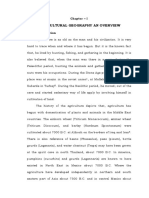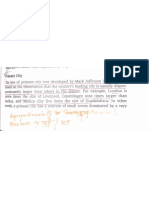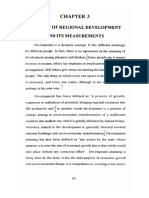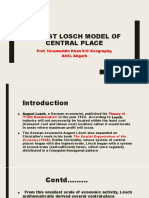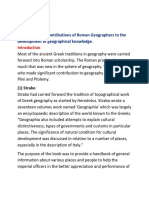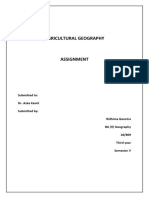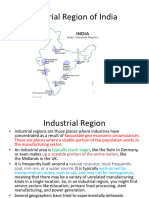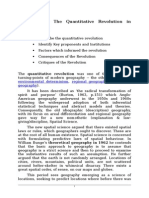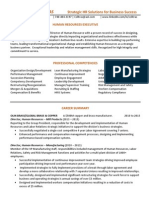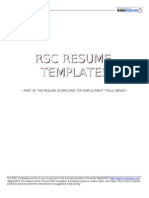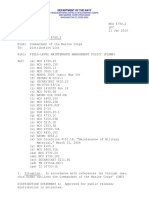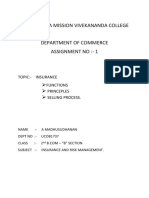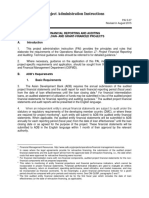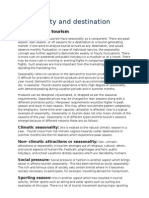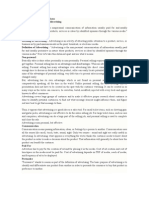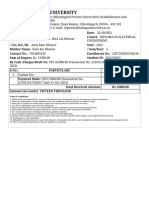0% found this document useful (0 votes)
868 views16 pages4 Models of Transport Development (Explained With Diagram)
This document discusses 4 models of transport development:
1. The Lanchene Model which shows the evolution of transport networks from initial paths to a smaller number of high-order routes.
2. The TMG (Taaffe, Morrill, Gould) Model which outlines 6 stages of transport development in developing countries, from scattered coastal settlements to expanding road and rail networks.
3. The Ekstrom and Williamson model which describes 5 phases: introduction, spread, coordination, concentration, and liquidation of new transport modes.
4. White and Senior's model identifies 5 factors influencing transport development: historical, technological, physical, economic, and political/social.
Uploaded by
Nishant YadavCopyright
© © All Rights Reserved
We take content rights seriously. If you suspect this is your content, claim it here.
Available Formats
Download as PDF, TXT or read online on Scribd
0% found this document useful (0 votes)
868 views16 pages4 Models of Transport Development (Explained With Diagram)
This document discusses 4 models of transport development:
1. The Lanchene Model which shows the evolution of transport networks from initial paths to a smaller number of high-order routes.
2. The TMG (Taaffe, Morrill, Gould) Model which outlines 6 stages of transport development in developing countries, from scattered coastal settlements to expanding road and rail networks.
3. The Ekstrom and Williamson model which describes 5 phases: introduction, spread, coordination, concentration, and liquidation of new transport modes.
4. White and Senior's model identifies 5 factors influencing transport development: historical, technological, physical, economic, and political/social.
Uploaded by
Nishant YadavCopyright
© © All Rights Reserved
We take content rights seriously. If you suspect this is your content, claim it here.
Available Formats
Download as PDF, TXT or read online on Scribd
/ 16


